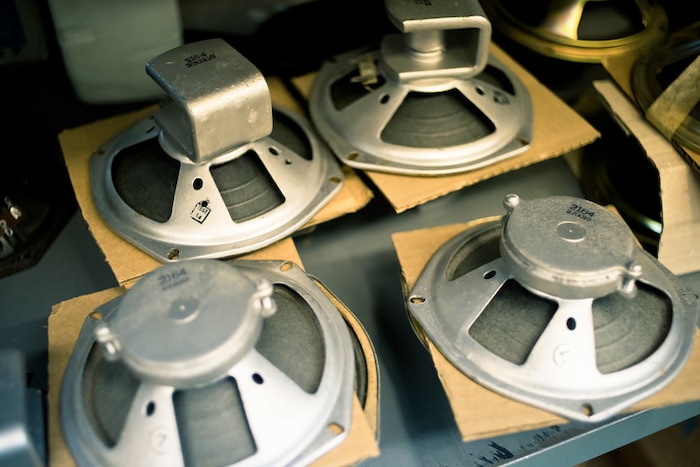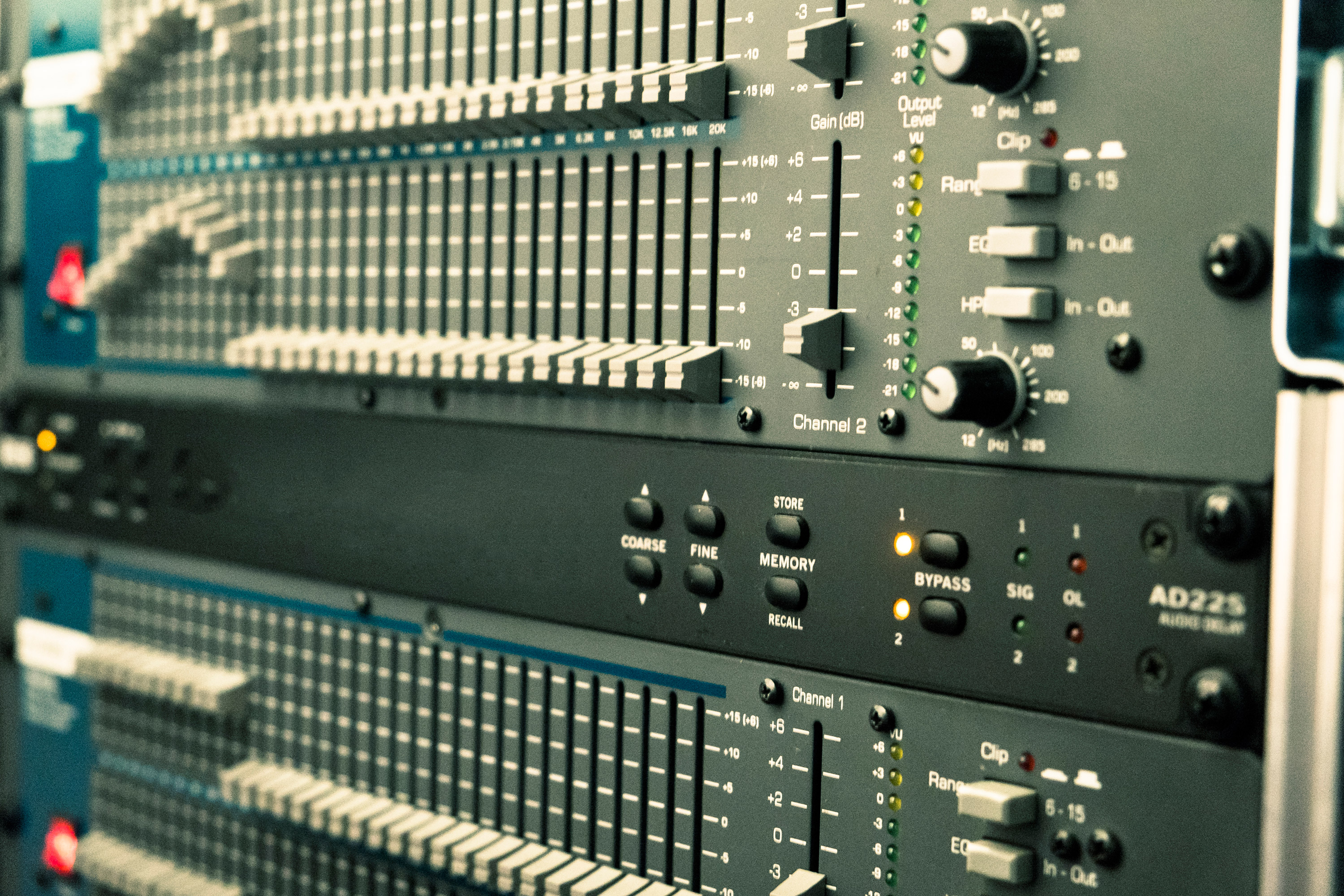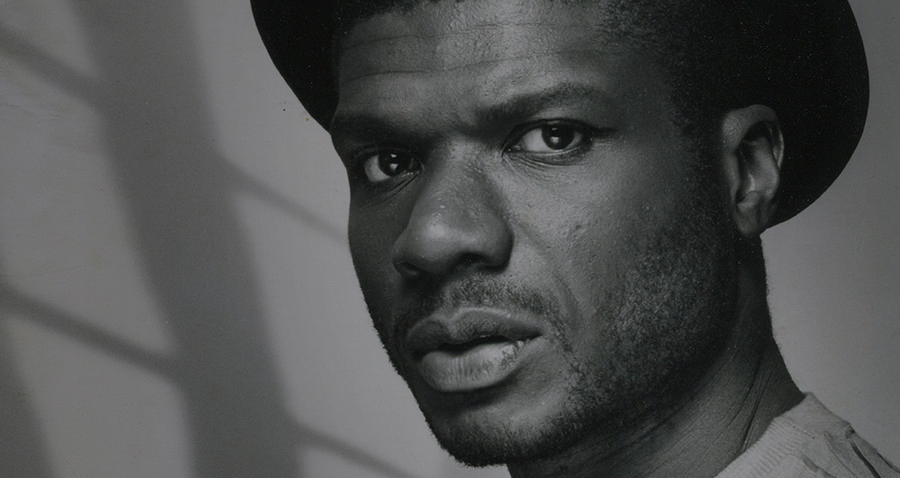Magic Touch: Richard Long’s Life-Changing Soundsystems
As New York City’s dance music underground began to flourish in the post-Stonewall world of the early 1970s, a premium was put on its soundsystems. In both private loft spaces and clubs alike, the emphasis was on the sound itself, giving the music a physical element that could coax your body to move for hours on end. And as the decade wore on, the underground disco scene broke into two philosophies as to that sound: there was David Mancuso’s Loft, powered by Alex Rosner Custom Sound and Larry Levan’s Paradise Garage, whose system was built by Richard Long and Associates. Mancuso’s Loft came first, its state-of-the-art system crafted by Rosner and defined by its tweeter-array clusters and stereophonic disco mixer.
Richard Long originally worked under Rosner, but when they parted ways one night in 1974, it was a matter of the apprentice becoming the master. “Richard Long used to be Alex Rosner’s fix-it man and if something happened during the night, he’d send Dick Long out,” Francis Grasso told DJ History back in 1999. “He outbid him, he outperformed him, and he out-equipment-wised him. Richard was really on the cutting edge.”
Rosner’s touch is undeniable in club culture, installing systems at the Loft, Copacabana, Directoire, the Ginza, the Limelight, Max’s Kansas City and more, all filled with his sterling sound. But Long’s métier reads like a list of the greatest dance clubs in history: Studio 54, Area, Bonds International Casino, Zanzibar in Newark, The Box and Warehouse in Chicago, the Colosseum in Tel Aviv, Dorian Gray in Frankfurt and dozens more. Most famous of all, Richard Long was the audio wizard behind the booming mecca that was the Paradise Garage in lower Manhattan, arranging and maintaining the most iconic soundsystem of the modern era.

“Richard Long was simply the best soundsystem designer ever, period,” said Kenny Carpenter, who DJed on Long soundsystems at Studio 54 and after that, at Bonds International Casino, the converted department store located in Times Square that could hold 2000 people on its cavernous dancefloor. “He knew how to build the speaker and get the most energy out of that speaker in a club as well as design a room around the club. Not just the speakers but also the acoustics of the room and the time alignments.”
In Nicky Siano’s estimation, Long was a genius in his own right and the best in the business. “Alex’s sound was very polished, like going to the theater. Richard’s sound was funky and down-home, and bass was always a big component.” Or as one of Siano’s friends put it to him: “Richard’s soundsystem used to make love to me. That is the essence of what a good soundsystem can do.” Credit Long’s handmade bass cabinet with a scoop at the bottom, the “J-horn,” reflecting the low tones so that they are felt with the flesh rather than heard with the eardrum.
For Justin Strauss, who spent countless nights submerged in the bass at Paradise Garage and would soon be at the controls of a Long soundsystem at Area when it opened in 1983, Long’s systems were a blend of the body-moving and the brain-tingling: “It was a physical thing and a heady thing. There was a human quality to the Richard Long soundsystem. It just felt right.”
But for all the fame of Long’s immaculate handiwork, only one Richard Long soundsystem survives in the 21st century: the Eldorado Auto Skooter arcade and bumper car ride out on Coney Island. Long himself passed away from AIDS back in 1986. And for all the accolades of his soundsystems and their “human quality,” very little is known about the man himself. Long is one part Wizard of Oz and one part Rumpelstiltskin, yet his biography is almost entirely unknown, even by those who worked closely with him.
“I have his stuff, but I have never physically met him,” said Tony Humphries, who helmed the Long soundsystem at Zanzibar in Newark, the long-running nightclub built in the image of the Paradise Garage’s soundsystem and the birthplace of the gospel-infused Jersey Sound. “Richard Long was just this big brand to me.” Strauss recalled: “He was a behind the scenes guy. He was just very...almost invisible.”
Conflating the man and the brand might have been by design. “Richard Long was always only about his business,” Carpenter said. “He was obsessed with soundsystem and electronic design. He immersed himself in that. His mind was just on his business and I didn't know many people that were friendly with him.” Carpenter even recalled traveling to Tel Aviv with Long for two weeks to open Colosseum in 1981. He partied with Long and Grace Jones across four nights, but is hard-pressed to remember much of the man: “I wish I could tell you some cuddly things about Richard like, he liked movies, or even...I don't know much other than that and I don't know anybody else who did.”
“Richard looked like a super-geek back then: tall, Buddy Holly glasses, introverted, quiet – taking it all in, and then responding,” Siano said. Robin Lord, who worked alongside Long at his first nightclub, SoHo Place, told Tim Lawrence: “He was tall, white, wore glasses and dressed in polyester. He always looked like he needed to wash his hair, which was long and maintained a sort of stringy, greasy look. He was educated and intelligent and didn’t seem to be close with anyone. He also didn’t seem to care much about his surroundings.”
Long’s focus was elsewhere. “[He] was a master carpenter and his boxes were works of art,” said Bob Casey, a sound engineer on the early NY disco scene who met Long in 1972. “Long built bass and it was far superior. He gave the crowd what it wanted. He put your balls up your ass. He used the best of birch plywood and all of the joints were meticulously measured and glued together.”
Richard Long could bring a potential client to the Garage dancefloor and convert them to his sound in a single night.
While Rosner sought a clarity of sound that would resonate with Mancuso and the more rarefied air of the Loft and other outlets, those who wanted a heavier club sound gravitated towards Long. Bruce Forest, in beefing up the sound of Better Days, recalled: “I was always having fights with Alex. ‘Where’s the bass Alex?’ ‘It should be clear.’ ‘Fuck clear, I wanna make people go to the bathroom with the bass!’ We worked together but by the time Better Days closed there was more Richard Long stuff than Alex Rosner.”
“Richard befriended the rich gay owners and he started doing really big clubs,” Rosner recalls. It all came to a head when Michael Brody decided he wanted to build a new club in an old parking garage located in TriBeCa on King Street. He reached out to Rosner to design the sound for the space. “I did the actual original design and Richard Long – he and the owner became lovers, and I guess he took the job away from me,” Rosner said. Forever after, Long would be synonymous with the sound of the Paradise Garage.
Long used the Garage as his testing ground whenever he designed a new unit or a different speaker.
It was a symbiotic relationship for all involved. Levan had a soundsystem that could cater to his every whim and mood, making the crowd move no matter the record. And for Long, the Paradise Garage was more effective than a business card. “It was his show room,” said longtime Paradise Garage DJ Joey Llanos. “When I turned the system up you could feel your heart skip a beat. That's how powerful it was.”
Long could bring a potential client to the Garage dancefloor and convert them to his sound in a single night. And in Levan, he had a client who wanted whatever new toy Long devised.
“Long used the Garage as his testing ground whenever he designed a new unit or a different speaker,” Llanos said. “Michael Brody would complain whenever he saw Richard Long come into the Garage with some new apparatus under his arm. He would like hold his head and say, ‘Oh god what’s it going to cost me?’”
By most estimates, the Garage was a half-million dollar soundsystem in the early ’80s, and it was costly to maintain. If Levan was in a stormy mood, he might blow multiple speakers in a single night. “We had a spare for everything; we had a complete room of just audio equipment,” Llanos said. “Richard Long lived right down the street so if I needed belts for the turntables in the middle of the night because they melted off because it was so hot in the room, I would have to run to Richard’s house at like three, four in the morning, and get what I needed then come back. The party was uninterrupted.”
For the DJs that got to experience the might of a Long soundsystem, the memory still lingers. Carpenter reminisced that there are certain records that he’ll never experience the same way: “When you throw a record like Loleatta Holloway’s ‘Love Sensation’ on in that soundsystem you hear some frequencies, you hear some bass frequencies and some mids and highs that you never heard in your life. You hear things in the song that you could never hear again.”
He just knew how to make a room sound.
Much has changed since the heyday of Richard Long’s soundsystems. Live orchestras gave way to drum machines and synthesizers and now computers are responsible for dance music’s output. Modern dance music is mastered louder than it was back then, meaning the speakers no longer need to do as much of the heavy lifting. Audio technology means that while there’s no way to quite match the sound that Long’s speaker systems achieved, they still sound great. What can’t be recreated though is Long himself. “What’s impossible to replicate is Richard’s ear,” Carpenter said. “Building a soundsystem, building the room around the soundsystem and tweaking the system so that it's thunder...nobody could do that like Richard.”
Long’s sound is nearly extinct, save for that Coney Island bumper car arcade. And while the last remaining Richard Long system no longer broadcasts classics like “Love is the Message” or “Love Thang,” visitors might notice that even the Top 40 that the system does blast – Beyonce’s “Crazy in Love” or Rihanna’s “Work” for instance – might sound a bit better than they’ve ever heard in their earbuds. Even amid the din of the bumper cars and ringing bells, the music carries.
“He just knew how to make a room sound,” Strauss said. “To me, being at the Paradise Garage was like sitting inside of a speaker. You were just enveloped by it. I wish I could take everyone back there to hear it...I haven’t heard it since, really.”

